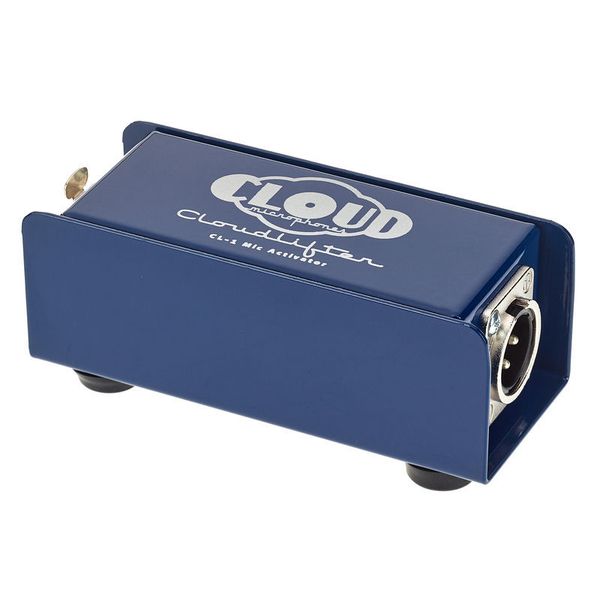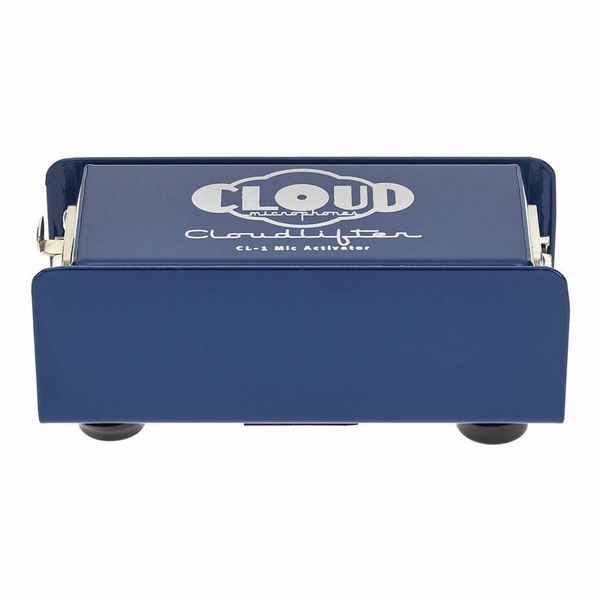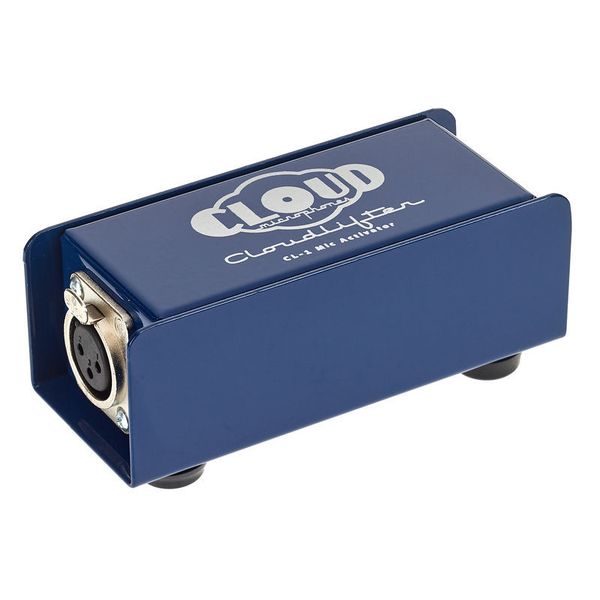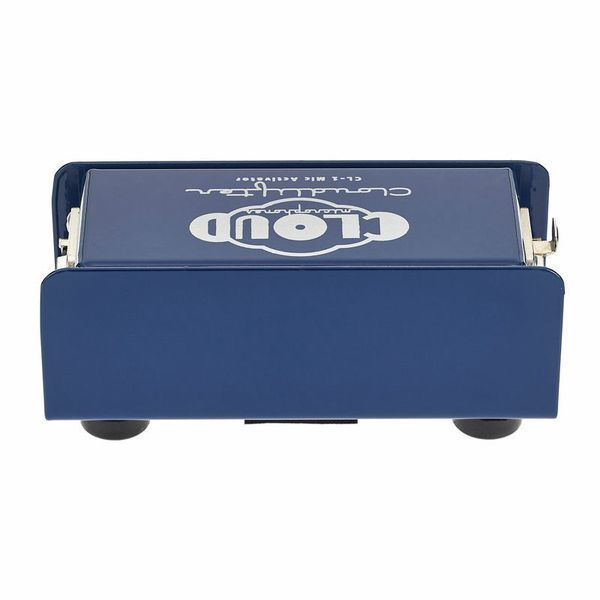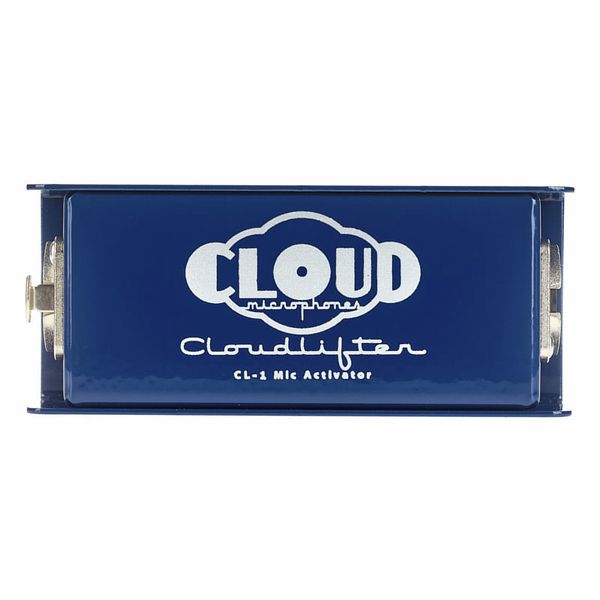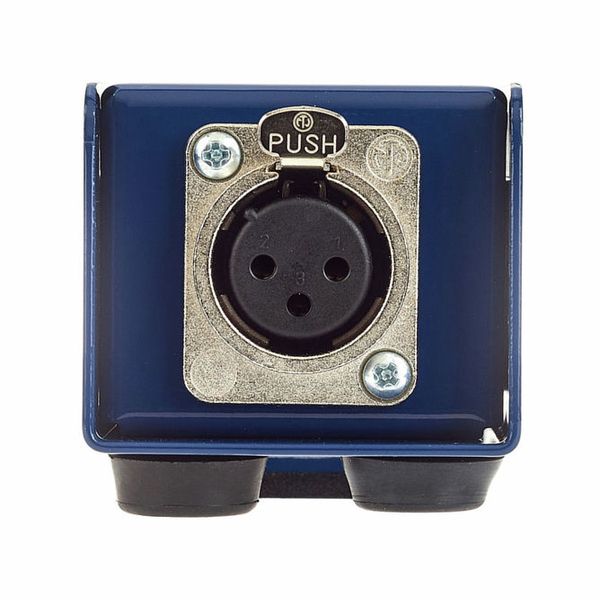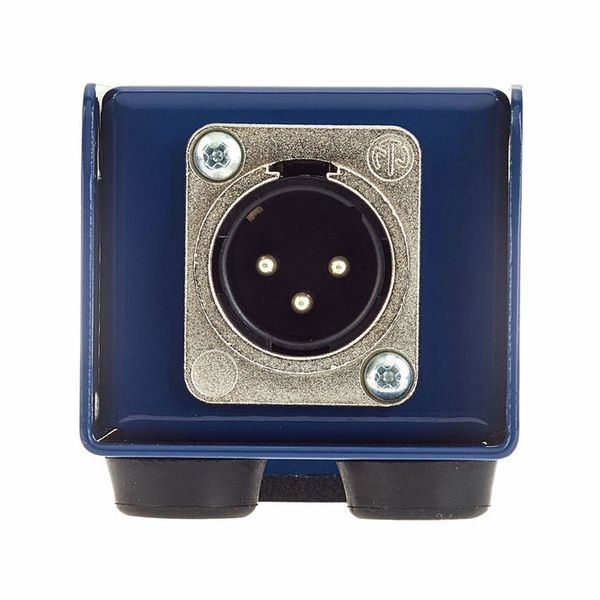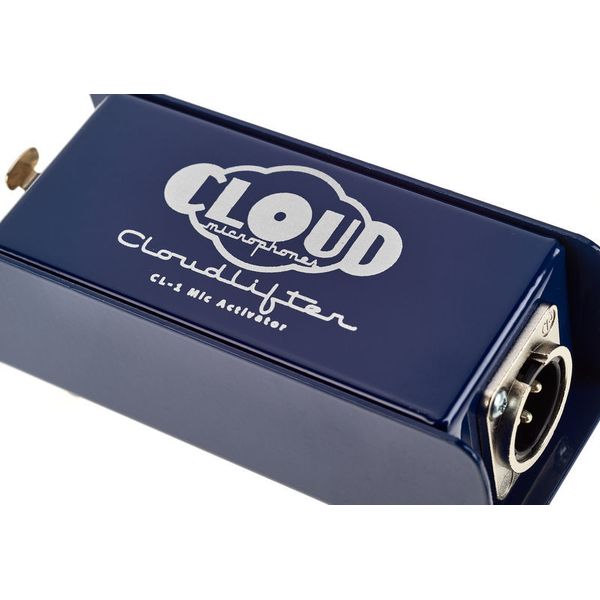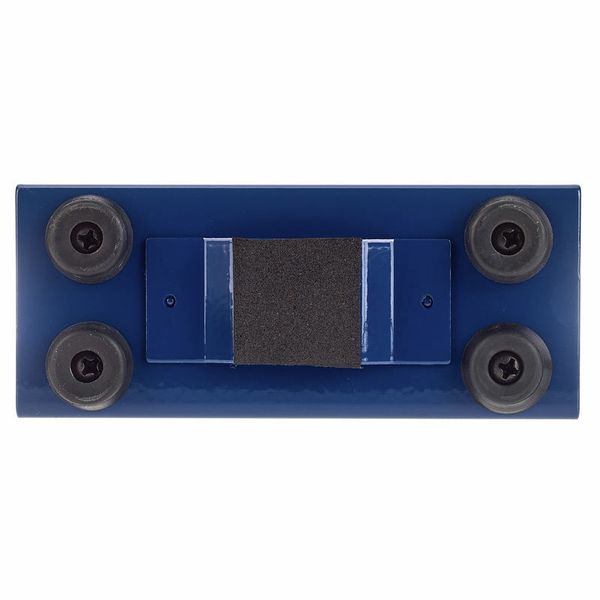My Cloudlifter CL-1 helps me get clean gain for dynamic microphones which I use in a demanding office/studio environment.
I use dynamic microphones like the Shure SM7B and RE20 to cope better with unavoidable equipment noise and outside/traffic noise that I otherwise need a sound booth to eliminate. I use prosumer audio interfaces which can "just" bring the signal in from my dynamic microphones, but even though I use a dbx 286 S microphone processor which can arguably power something like a Shure SM7B, I know that my Cloudlifter can reduce the load on either of my audio interfaces and this eliminates the risk of hiss which comes with maximum gain when using any audio interface. Using a Cloudlifter, my signal is clean every time.
The Cloudlifter is a plug and "forget" device which does its job invisibly without any configuration in the background. Sometimes the best equipment is the hardware you have to remind yourself that you own, and a Cloudlifter is definitely a silent hero.
Occasionally, I have used the Cloudlifter with my Zoom H5 portable recorder when I have been on the road with my dynamic microphones, and the Cloudlifter has done everything I would hope for. I had not anticipated this functionality, and I am glad to have it.
There are alternatives to Cloudlifter, some of which are less cumbersome and really are not much more intrusive than the XLR cables they interface. The hardest thing about the Cloudlifter is deciding on your cable length/configuration to figure out where to put the device.
Cloudlifters seem a little expensive and you have to add that to the cost of a dynamic microphone. There are less expensive alternatives in the market though, and if Cloudlifter is the standard you want, then the price is something you live with.


